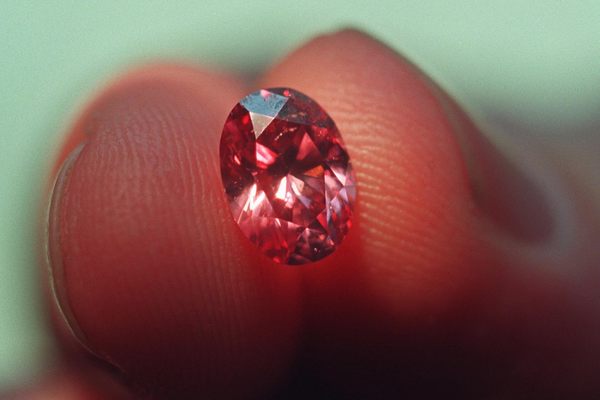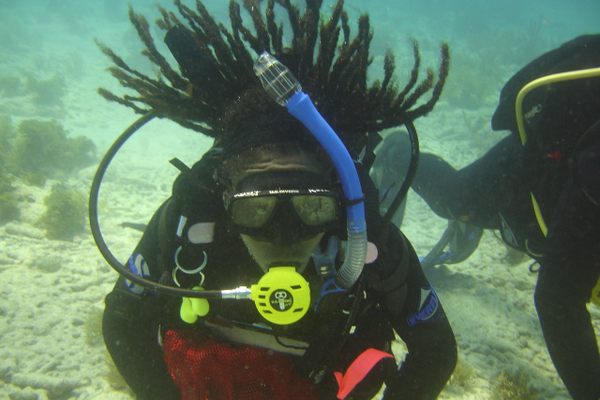Found: Shipwrecks, Helmets, and Clues From an Ancient Roman Naval Battle
Researchers are using conflicting pieces to puzzle out what happened in 241 BC.

Just because a battle took place over 2,000 years ago doesn’t mean we can’t uncover what happened. A team of archaeologists exploring a Mediterranean site near Sicily is using their findings to piece together a narrative of the Battle of the Aegates Islands, a naval conflict between ancient Rome and Carthage.
According to Live Science, the team has been surveying the site for years, recovering six bronze ship rams, along with some helmets and pottery, in 2018 alone. As the findings have accumulated, they have both raised new questions and suggested new answers as to how the events of March 10, 241 BC played out.
It was already known, for example, that the Romans won the battle decisively, forcing the Carthaginians to evacuate Sicily, and collecting a Carthaginian payment of 2,200 talents to compensate for the Romans’ lost ships. The resounding Roman victory would suggest that most of the site’s shipwrecks would have belonged to Carthage—but so far, that has not been the case. In fact, 11 of the 19 rams identified at the site appear to have been Roman, according to William Murray, an historian of ancient Greece at the University of South Florida and a member of the research team. In addition, many of the helmets recovered at the site are in the “Montefortino” style associated with the Romans.

One way to explain this seeming contradiction is to propose, as Murray has, that the Carthaginian navy was using many Roman ships in this battle, as it had taken some 93 of them from a prior battle. The Montefortino helmets, meanwhile, may have belonged to mercenaries from Gaul and Iberia, who fought for Carthage and were known to sometimes wear Montefortinos.
Equally curious is the scattering of amphorae—liquid-holding pots—around the ships’ wreckage. These kinds of pots, Murray explained to Live Science, would have been packed together in clusters on each ship, so something seems amiss in finding them just lying about, apart from one another. They may well have been thrown overboard by Carthaginian sailors who, knowing that they were losing the battle, wanted to make their ships lighter and faster, and give themselves a better chance of escaping the Romans.
The amphorae also, however, present another question that lacks such a likely answer. These pots were not tarred with the material that would have prevented liquids from evaporating inside them, leading the researchers to wonder what their use would have been. The amphorae are undergoing chemical tests in an attempt to trace their contents, and the researchers are gearing up to return to the Mediterranean and piece together more of the battle this year.

















Follow us on Twitter to get the latest on the world's hidden wonders.
Like us on Facebook to get the latest on the world's hidden wonders.
Follow us on Twitter Like us on Facebook